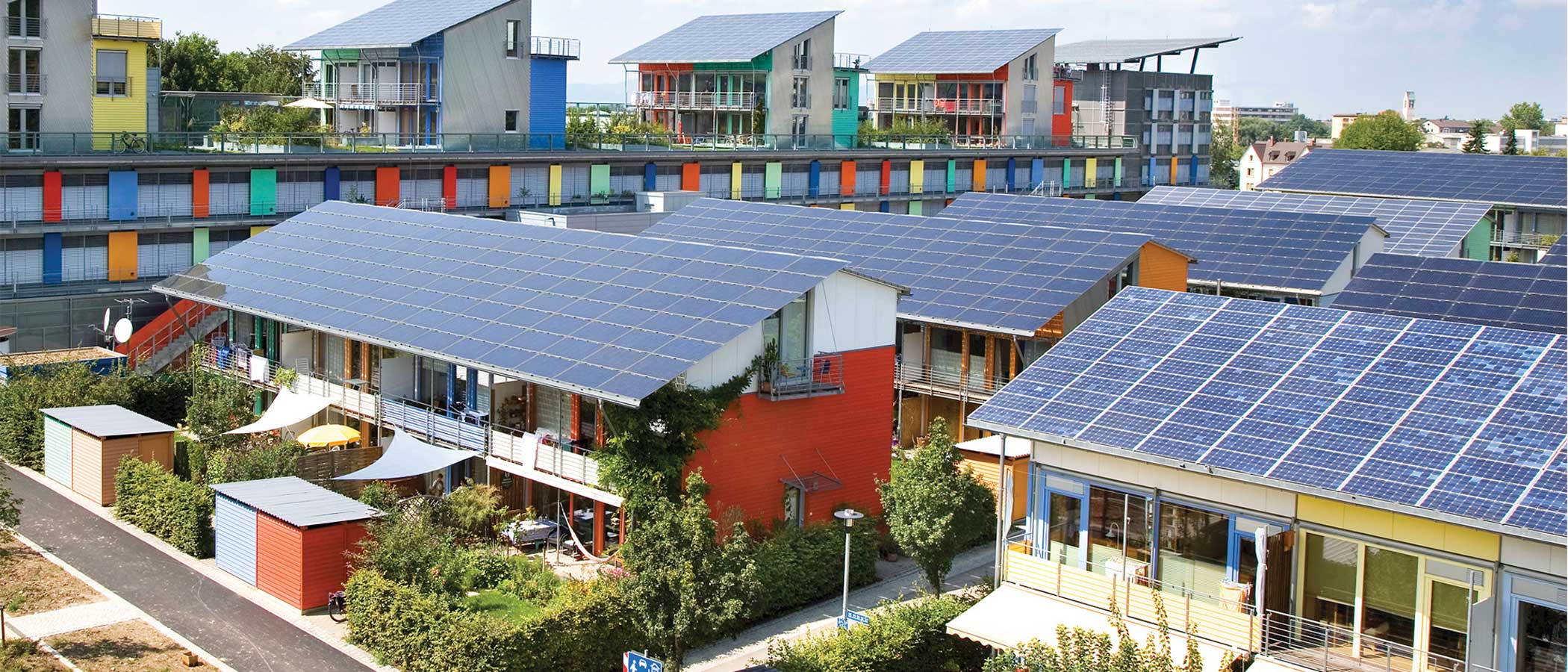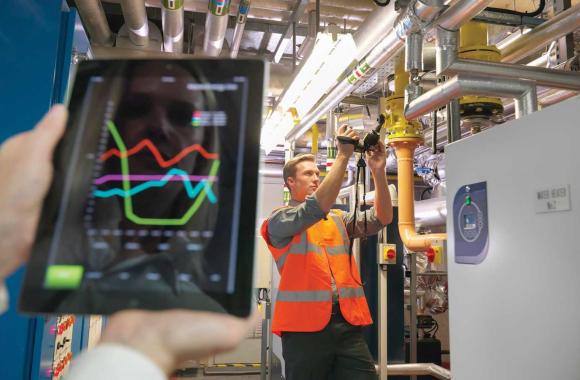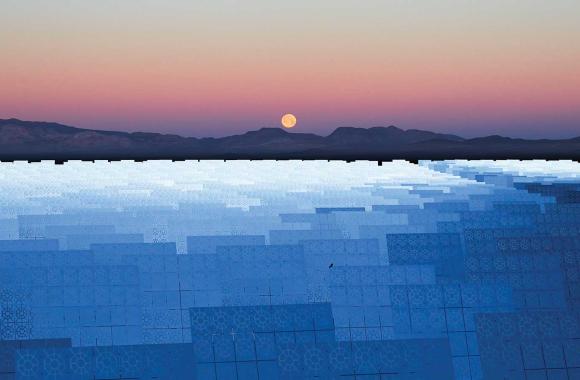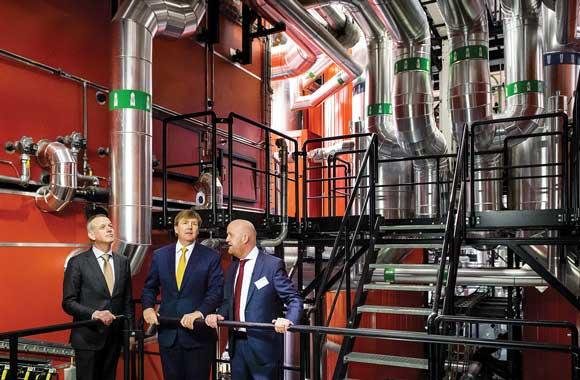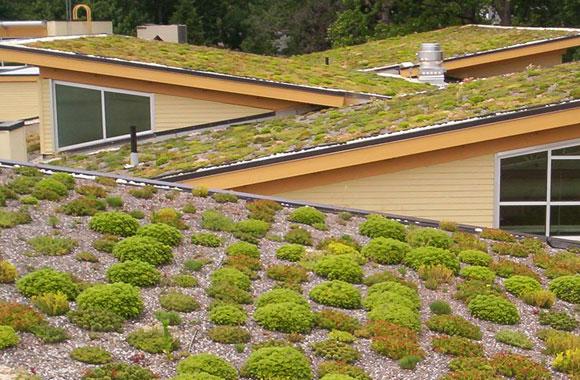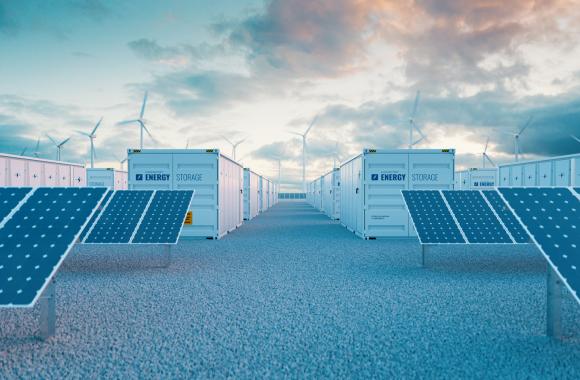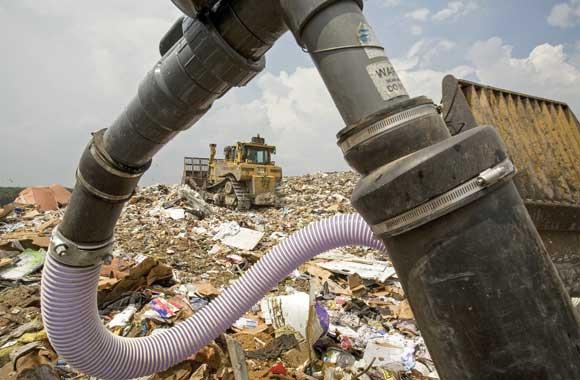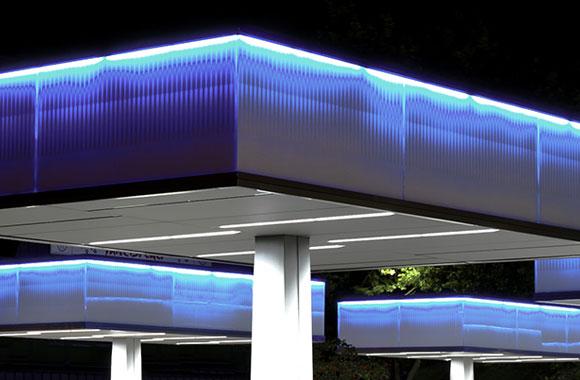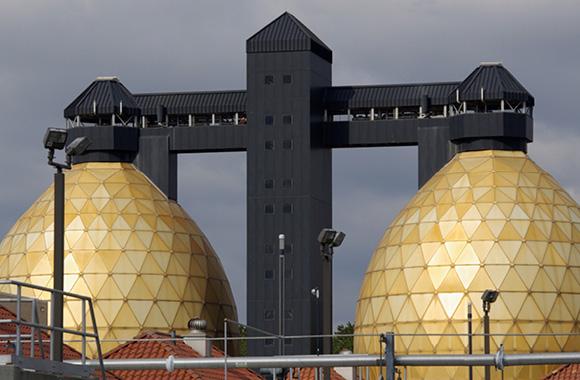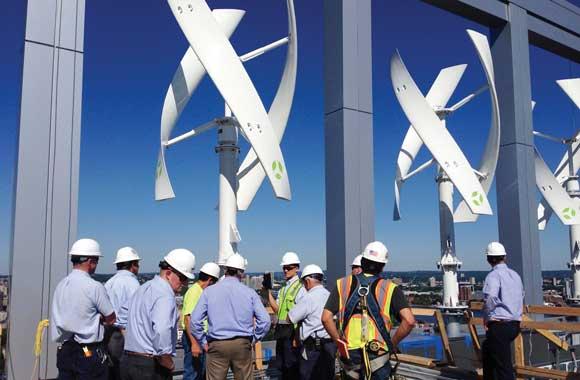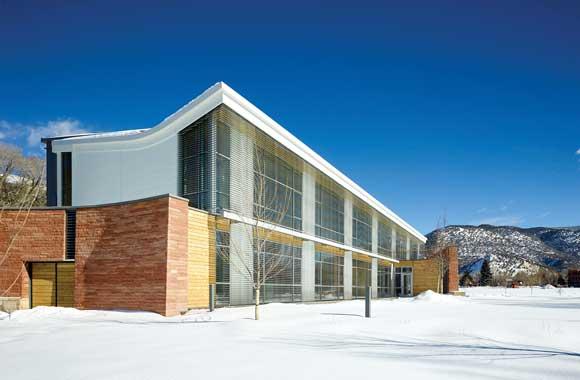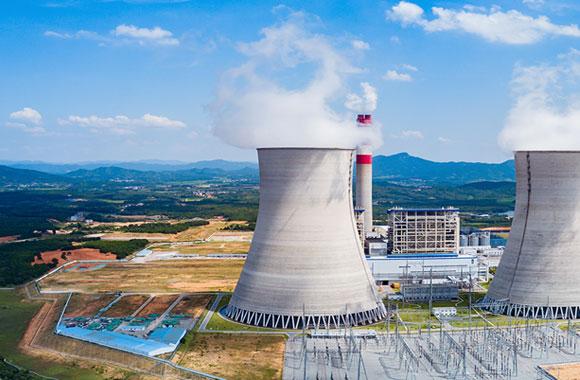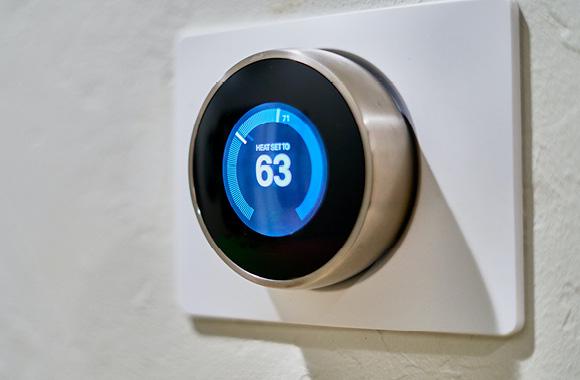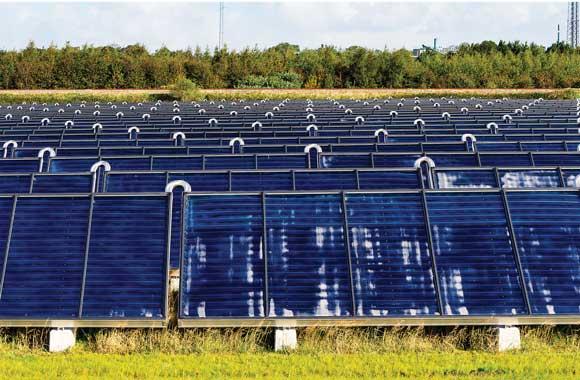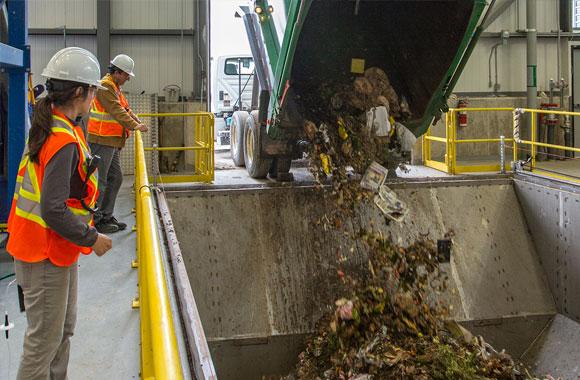Microgrids
A microgrid is a localized grouping of distributed electricity generation technologies paired with energy storage or backup generation and tools to manage demand.
Impact
We expect the use of microgrids to grow in developed countries as a way to strengthen the resilience of electricity grids and in emerging economy countries as a way to provide access to electricity using renewable energy alternatives such as in-stream hydro, micro wind turbines, distributed solar photovoltaics, and biomass and waste stream energy technologies, paired with distributed energy storage. We assume that these systems replace what would otherwise be a dirty grid or continued use of off-grid oil or diesel generators.
We do not specify emissions reductions and financial impacts associated with the Microgrids solution because they are already accounted for in the other Project Drawdown solutions it draws on, such as Small Hydropower and Distributed Solar Photovoltaics.
Introduction
Project Drawdown defines our Microgrids solution as the use of localized groupings of electricity sources and loads that normally connect to the traditional centralized power grid, but can disconnect and function autonomously. It replaces the conventional practice of powering buildings and communities with electricity from a centralized grid.
A microgrid is semi-autonomous and can locally control loads and supply. A typical microgrid might include distributed generation technologies such as wind, solar, hydropower, or biomass, together with energy storage units or backup generation and load management tools. Microgrids can play a critical role in boosting grid flexibility and efficiency.
Microgrids also can be helpful for supplying electricity to rural parts of low-income countries. More than 1 billion people lack access to a centralized power grid (Greenpeace, 2015), and population growth is outpacing electrification. The International Energy Agency (IEA, 2014) anticipates that more than 50 percent of the rural and remote population currently without electricity would be best supplied by mini or microgrids. Providing energy access to these people using low-carbon energy technologies would bring many additional benefits, including improved health, education, and employment. For roughly 300 million unelectrified households globally, kerosene has been the dominant fuel source for lighting. Several studies indicate that the price paid by microgrid customers for electric lighting is far less than the price for lighting using kerosene and candles (Barefoot Power, 2009).
Microgrids also make economic sense in remote and island locations that have historically depended on imported diesel for electricity, in regions with an unreliable conventional grid, and for cellphone towers that rely extensively on expensive diesel-based power.
Methodology
We account for the emissions and economic impacts for this solution in the models for our renewable energy and accompanying enabling technologies solutions (e.g., Small Hydropower, Micro Wind Turbines, Distributed Solar Photovoltaics, Biomass Power, Distributed Energy Storage). Therefore, we do not directly model the impact of microgrids. For higher-income countries, the benefits of microgrid systems fall under our Grid Flexibility solution and also under the impacts of increased adoption of decentralized variable renewable energy sources.
Discussion
Equitable access to energy is a crucial prerequisite for sustainable development. Increasing demand for electricity globally is bound to test the limits of a centralized power system in the near future. An optimal combination of centralized and decentralized systems can capture both the strength of the central grid and the agility of decentralized infrastructure. Microgrids can help bridge the gap between electricity supply and demand while making use of locally available energy resources.
Microgrid infrastructure enables a transition to a decentralized power system that is more reliable, affordable, and sustainable. Deployment of microgrids is already profitable in many parts of the world that have historically depended on imported diesel for electricity. It also offers additional benefits, such as improved health due to reduced kerosene consumption.
Microgrid installations in grid-connected regions also offer several key advantages, including optimized energy consumption through better matching of supply with demand; reduced environmental impact through integration of renewable energy sources; increased security of energy supply; provision of cost-efficient electricity infrastructure; and the ability to allocate power supply to high-priority needs during times of disruption.
References
Barefoot Power. (2009). 50 Ways to End Kerosene Lighting. Renewable Energy and Energy Efficiency Partnership, and Barefoot Power. http://global-off-grid-lighting-association.org/wp-content/uploads/2013….
Greenpeace International (2015). Energy Revolution 2015. Retrieved from: https://www.greenpeace.org/archive-international/Global/international/publications/climate/2015/Energy-Revolution-2015-Full.pdf
IEA (2014). World Energy Outlook. International Energy Agency. Retrieved from: http://www.worldenergyoutlook.org/resources/energydevelopment/definingandmodellingenergyaccess/.
Co-benefits
Access to the clean and affordable energy microgrids provide supports education, health care, agriculture, and small businesses.
Deploying this climate solution stimulates local economies and creates employment opportunities. The installation, operation, and maintenance of renewable energy systems require skilled labor, creating jobs and contributing to economic growth.
Shifting to clean and renewable energy sources reduces indoor and outdoor air pollution, which is a significant health concern in many developing countries. By replacing traditional fuels like wood and coal with cleaner alternatives improves air quality, reducing respiratory illnesses and related health issues.
In developing countries, this solution expands access to modern and reliable energy services, enabling communities to meet basic energy needs such as lighting, cooking, heating, and powering essential services like health-care facilities and schools.

